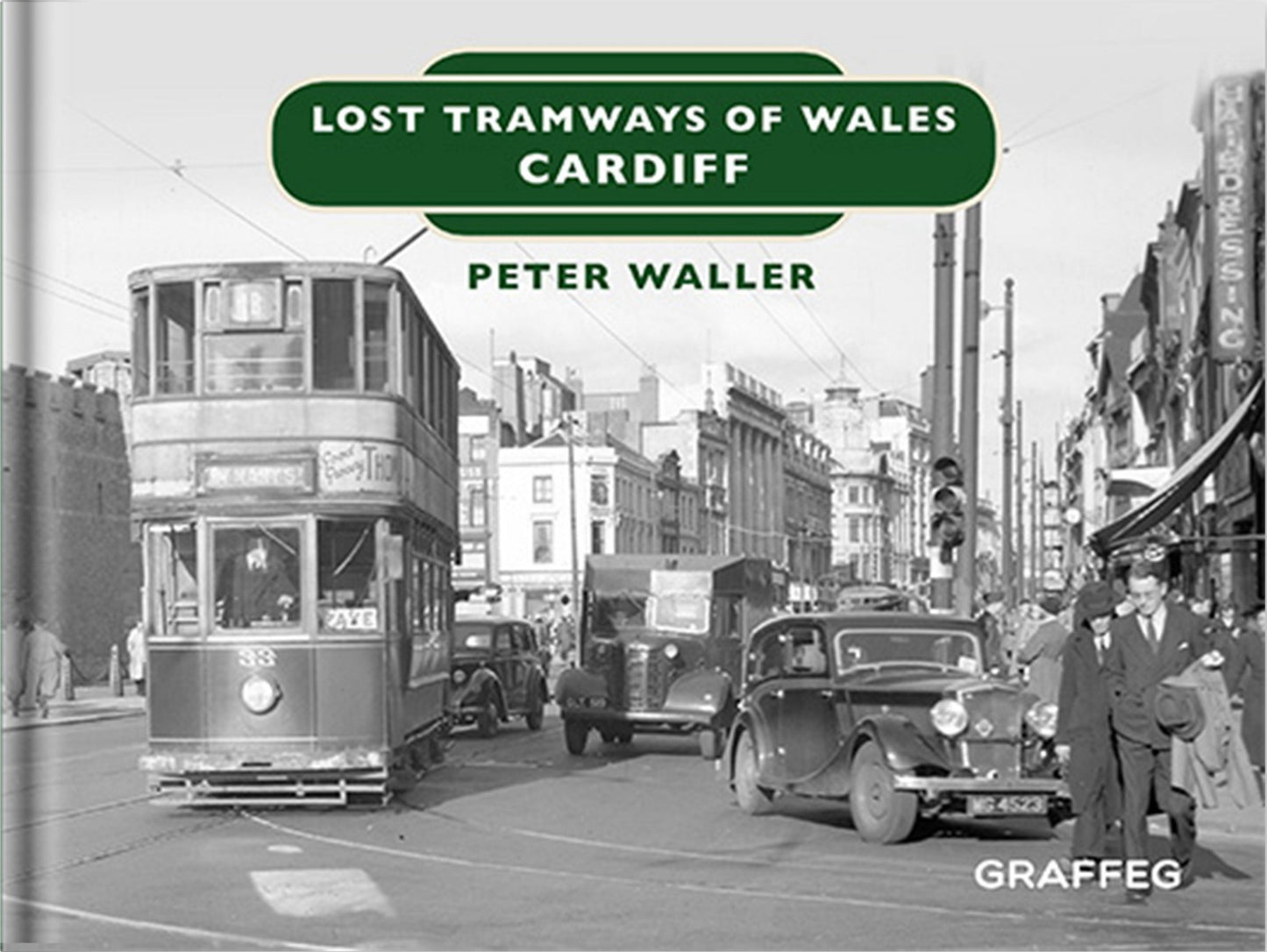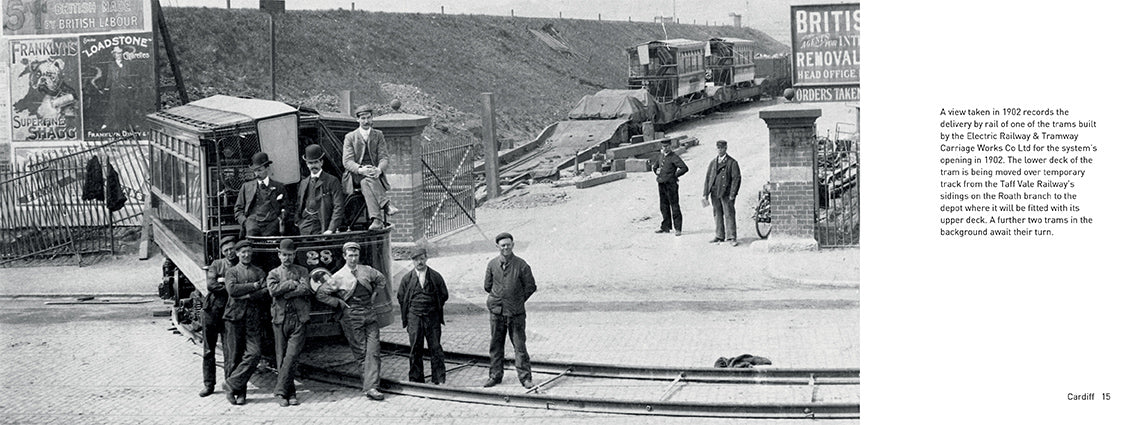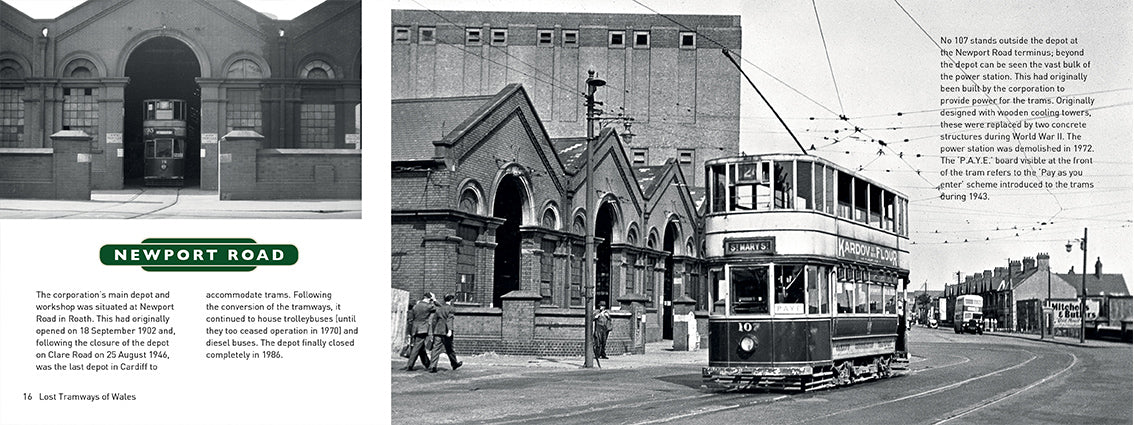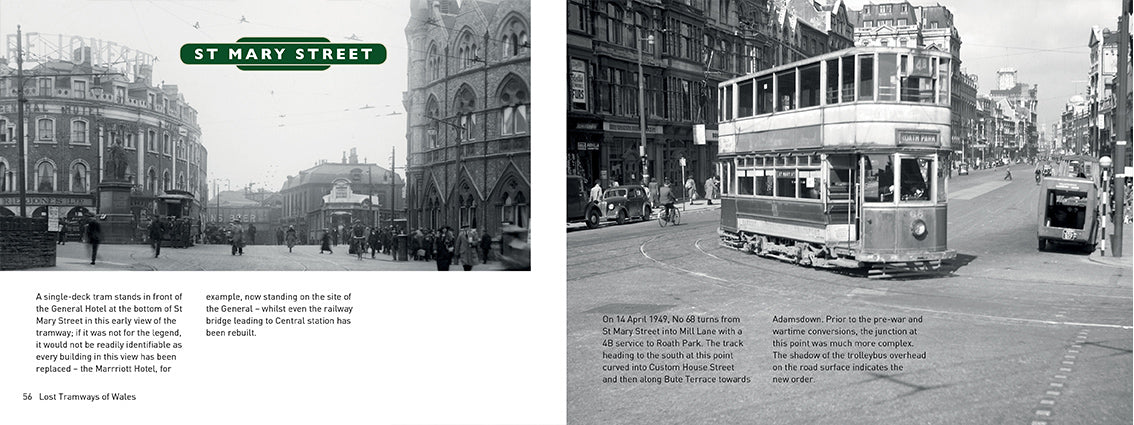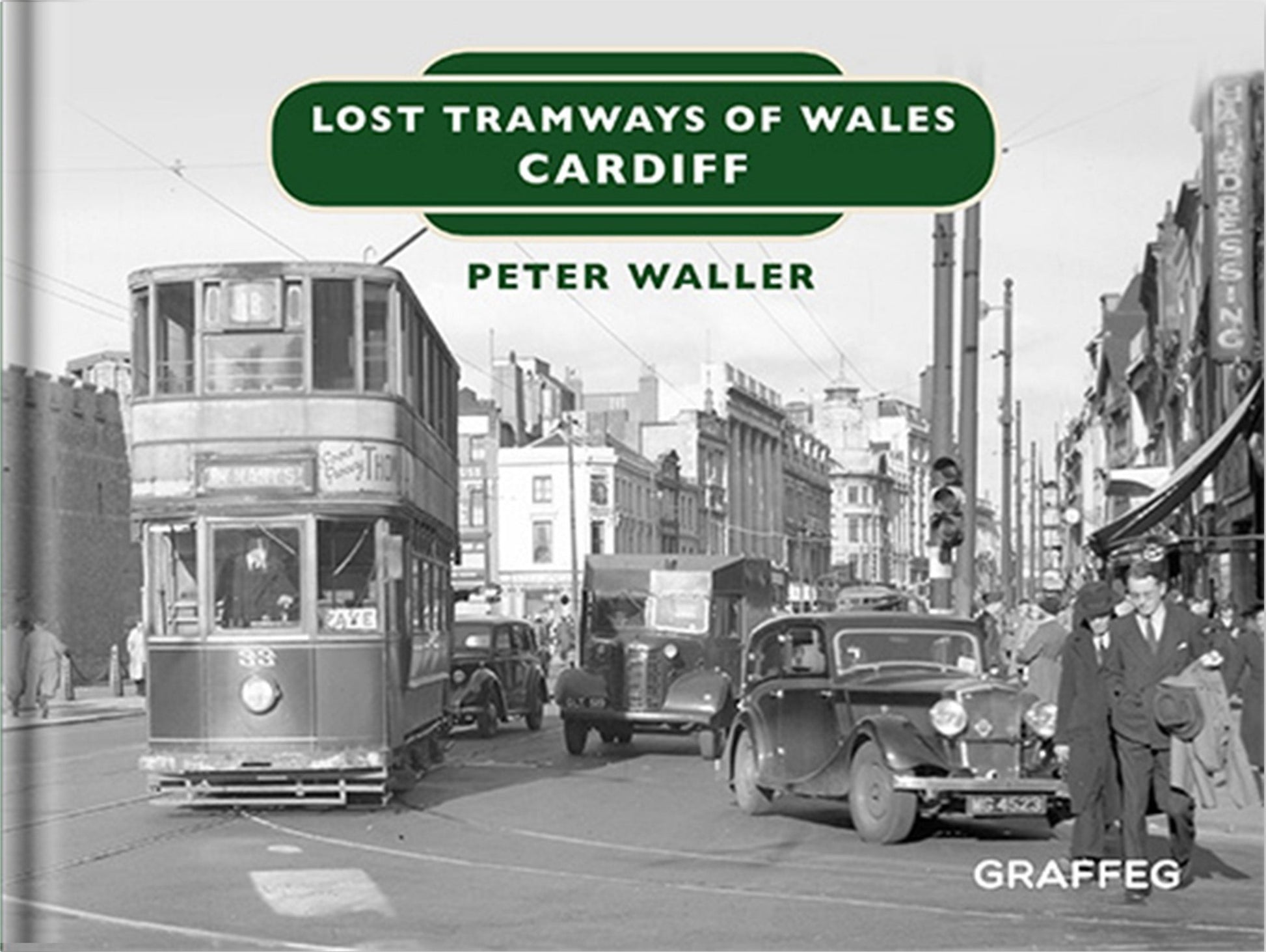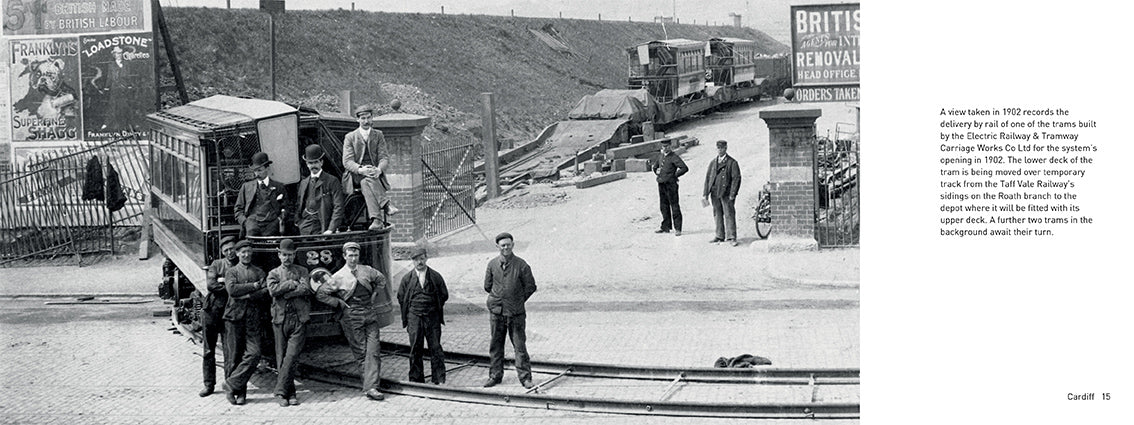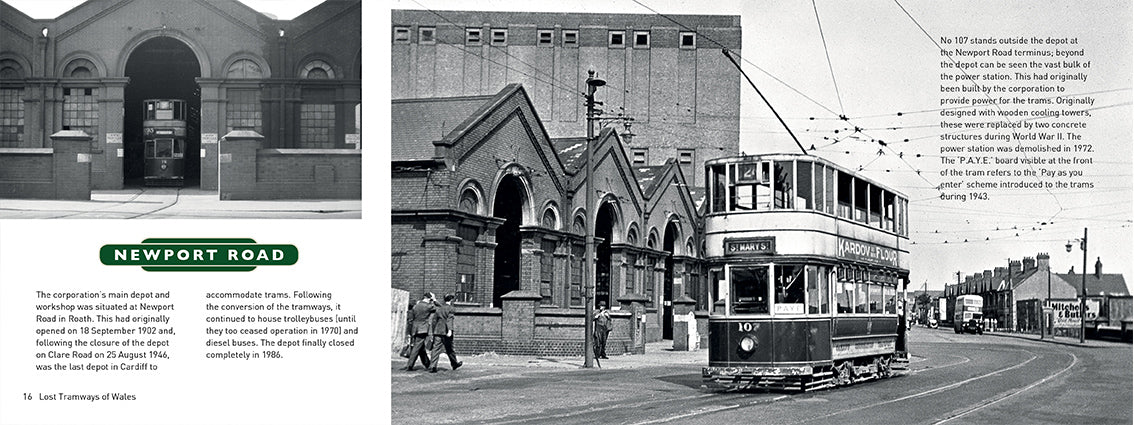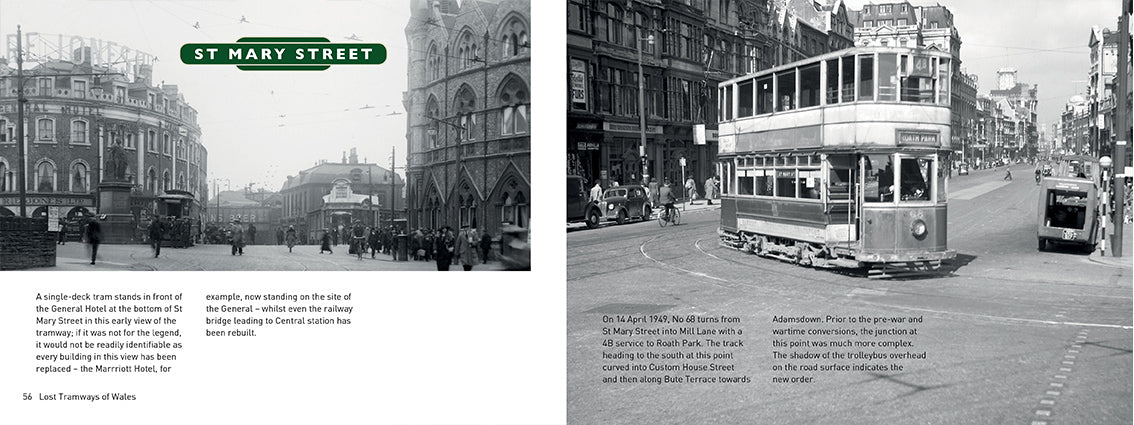Peter Waller
SKU:9781912213122
Regular price
£8.99
Regular price
Sale price
£8.99
Unit price
per
Taxes included.
Shipping calculated at checkout.
Couldn't load pickup availability
Product Details
Product Details
Publication date: 150 x 200mm
Format: Hardback
Product size: June 2018
Pages: 64
Suggested Age Range: All Ages
About the Author / Illustrator
About the Author / Illustrator
Reviews
Reviews
